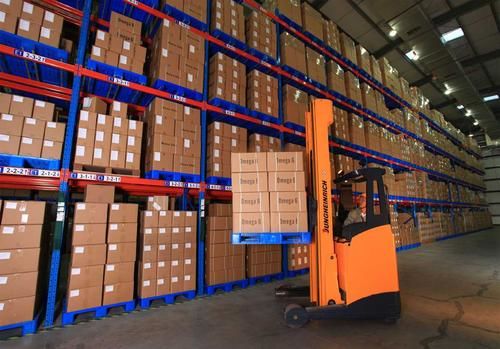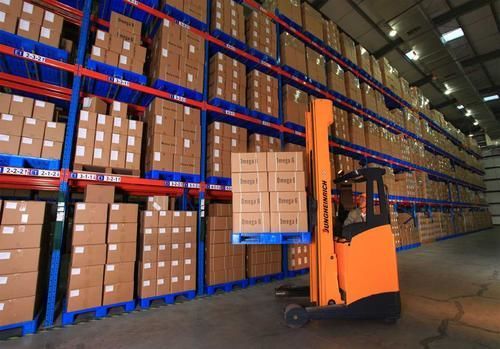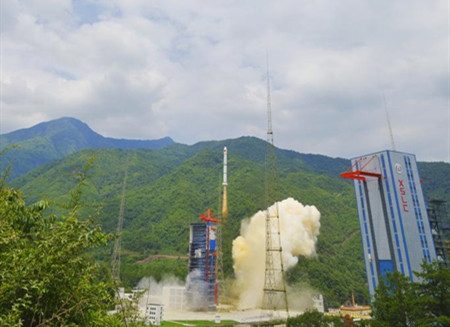China’s logistics sector maintained steady growth in the first half of this year due to the sustained progress in epidemic control so that logistics demand improved remarkably, according to statistics released Tuesday by the China Federation of Logistics & Purchasing.

The total value of social logistics in the January-June period fell 0.5 percent year on year to 123.4 trillion yuan, according to the China Federation of Logistics and Purchasing.
The drop narrowed for four consecutive months since the first quarter, indicating that the overall logistics demand is close to last year's level.
In the first half of the year, the equipment manufacturing industry witnessed accelerated recovery. There was an increase of 9.5% and 9.8% in logistics demand of the equipment manufacturing industry and high-tech manufacturing industry, compared with the negative growth in the first quarter.
In the first half of the year, the total logistics of businesses and residents increased by 10.1%, an increase of 2.8 percentage points from the January-May period.
The demand for imported logistics has increased significantly with increasing imports of bulk commodities and key agricultural products.
In the meantime, China’s total cost of social logistics reached 6.5 trillion yuan in the first half of the year, a year-on-year decrease of 4%. The rate of decrease was 8 percentage points smaller than that in the first quarter, indicating a significant weakening in the decline in logistics costs.
According to a survey on key logistics companies, in the first half of the year, logistics companies saw their revenue fall by 2.3% year-on-year with more than 60% of the logistics companies reporting a year-on-year decline and 20% reporting a fall by more than 50%.
While road logistics demand and transportation capacity has gradually stabilized, incessant downpours in the country's southern areas have slowed demand on some routes, the federation noted.
The index may continue to fluctuate and retreat in the coming weeks on falling demand in the off-peak season and weather impacts including high temperatures and rainfall.






